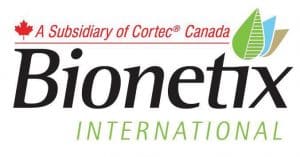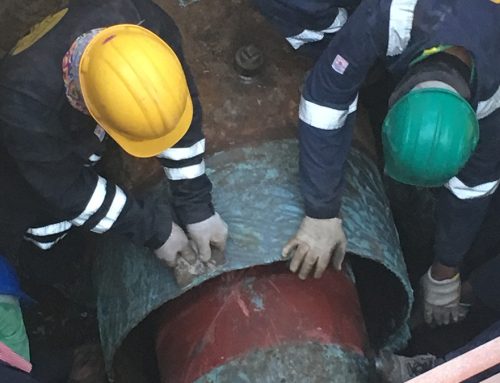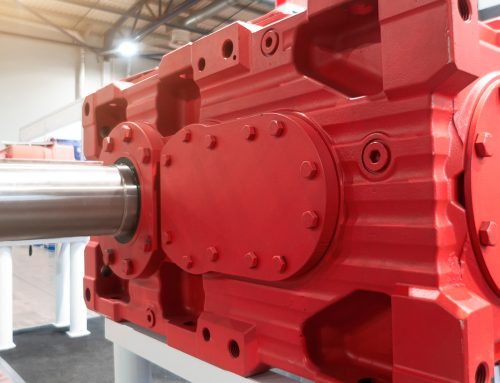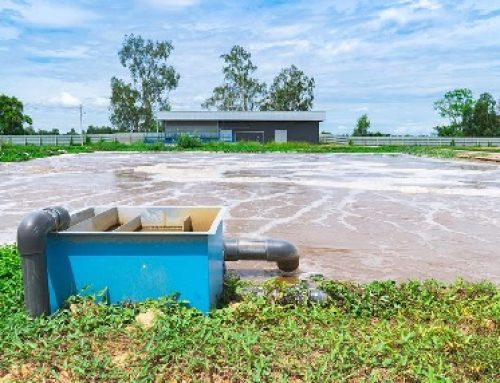Salt and Bacterial Growth: Do Bionetix® Biologicals Work in Seawater?
October 4, 2022
 When treating petroleum wastewater or cleaning up oil spills in the ocean, it is important to choose biological products that work in the presence of high salt concentrations. Good bioremediation and bioaugmentation depend on the healthy growth and reproduction of probiotics that biodegrade target contaminants. Since salt can hinder growth, Bionetix® recently tested one of its microbial products, BCP35M™ (for petroleum wastewaters and oil spill cleanup), to see how it fared at different levels of salinity.
When treating petroleum wastewater or cleaning up oil spills in the ocean, it is important to choose biological products that work in the presence of high salt concentrations. Good bioremediation and bioaugmentation depend on the healthy growth and reproduction of probiotics that biodegrade target contaminants. Since salt can hinder growth, Bionetix® recently tested one of its microbial products, BCP35M™ (for petroleum wastewaters and oil spill cleanup), to see how it fared at different levels of salinity.
Saltwater Testing
The chosen probiotics product was added to test mediums prepared with salt concentrations of 0.5%, 1.5%, 2.5%, 3.5% (average seawater content), and 4.5%. The samples were incubated at 95 °F (35 °C) for 18-24 hours and the growth of microbial colonies observed. At the end of the test, the lab saw no significant difference in the number of colonies that grew, although the size of the colonies was smaller in the presence of higher salt concentration. The conclusion? This product is able to work in water with salinity as high as 4.5% concentration, but it may take a slightly longer time to grow.
Probiotics for Saltwater
The fact that a key Bionetix® probiotic continues to grow even in 4.5% saltwater concentrations offers great promise for using Bionetix® biologicals to treat high salt wastewaters and clean up oil spills in marshes and in the ocean. Not all beneficial bacteria can do this, so if you are facing a high salt environment for your biological treatment, contact Bionetix® to discuss the parameters of your application and which products can be used:
https://www.bionetix-international.com/contact-us/
Keywords: bioremediation in saltwater, clean up oil spills, probiotics, do biologicals work in seawater, high salt wastewater, bioremediation of marshes, treating petroleum wastewater, Bionetix, salt and bacterial growth, probiotics for saltwater
For a PDF version please click here.







